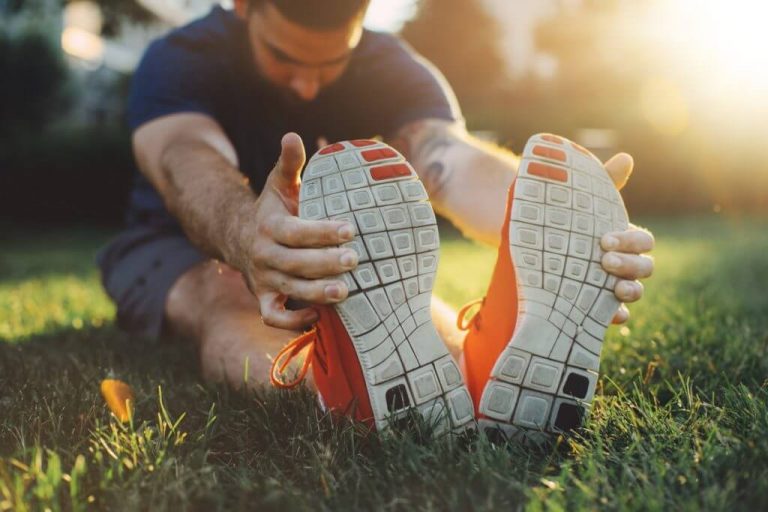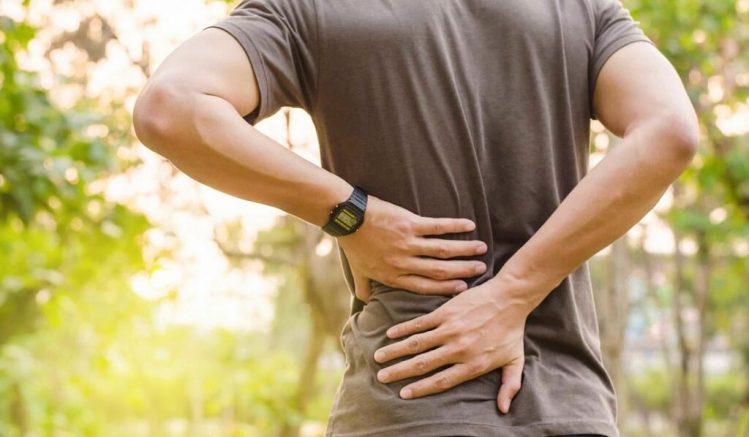Myofascial pain syndrome (MPS) is a complex condition of chronic muscle pain.
What is Myofascial Pain Syndrome?
The pain is usually brought on by pressure on specific trigger points on the body, and can radiate through the body to other places. Myofascial pain persists even when the pressure is removed, and can make it difficult to work, sleep, or perform other daily tasks.

What Causes Myofascial Pain?
While the causes of myofascial pain syndrome are not fully understood, it’s generally believed to be a result of repetitive muscle stress, possibly coupled with emotional tension and anxiety. It is not possible to cure myofascial pain syndrome, but with proper treatment, painful flare-ups can be reduced in intensity and duration. Your doctor will probably recommend physical therapy, painkilling injections, or acupuncture. But it’s also important to learn how to treat your myofascial pain at home.
Myofascial Pain Syndrome
(MPS)
Myofascial pain is a chronic condition characterized by pain in the soft tissue surrounding the muscles.
Treatment
Treatment at home can take several forms, including physical therapy.
Medication
Over-the-counter painkillers and anti-inflammatory drugs can help relieve pain, and your doctor may also prescribe stronger painkillers if nonprescription medicine isn’t enough. Be sure to closely follow your doctor’s instructions on when and how to use painkillers.

Heat
Since the pain is caused by muscle tension, heat is usually more effective for chronic myofascial pain treatment than cold. A hot pack, a bath or shower, or a topical heating ointment on the affected area can all help your muscles relax.
Stretching
Stretching the muscles where the pain trigger points are located can help make them less likely to trigger. However, keep the stretching gentle. Heating the muscle before you begin to stretch can also make it more effective.

Exercise and weight loss
Staying active and losing weight does help keep your muscles relaxed and reduce strain on your body. Some patients also find that a high-protein, anti-inflammatory diet helps against myofascial pain. Talk to your doctor before starting a new regimen. But it’s also important to realize that you can’t exercise your way out of pain — making a muscle stronger doesn’t necessarily make it any more resistant to pain. Be careful not to overdo it!
Massage therapy

Massaging the painful areas, either yourself or having someone do it to you, can also help reduce painful sensations. Always start gently and carefully increase the intensity of the rubbing. If it feels like the pain is worsening, then stop. Some patients have a better result with an electric massager or a tool such as a tennis ball or foam roller.
